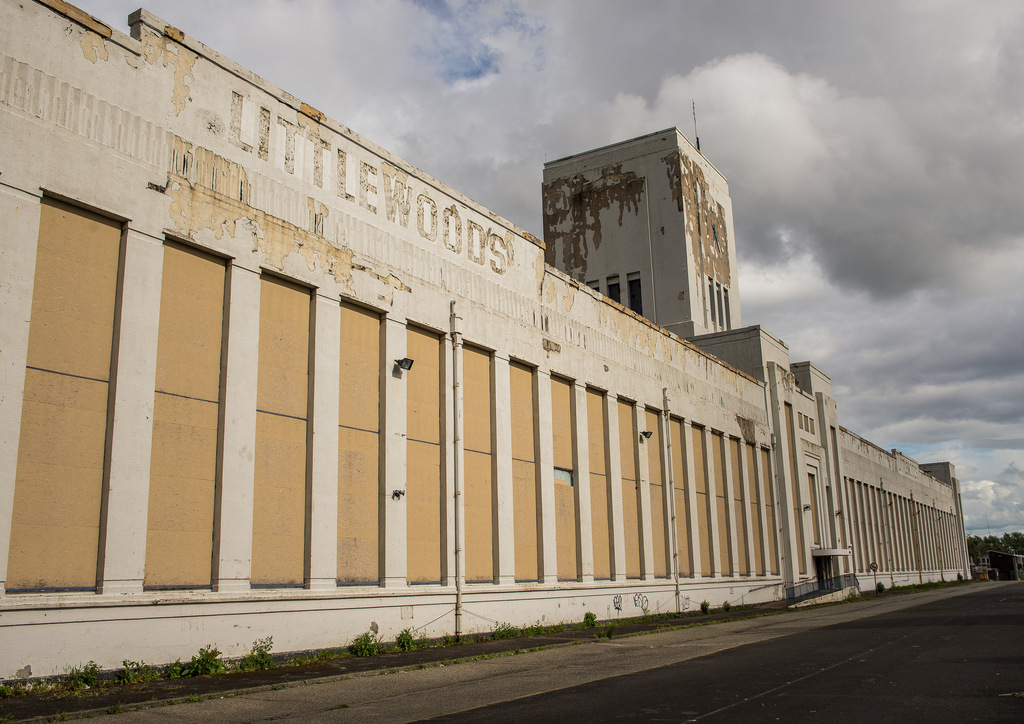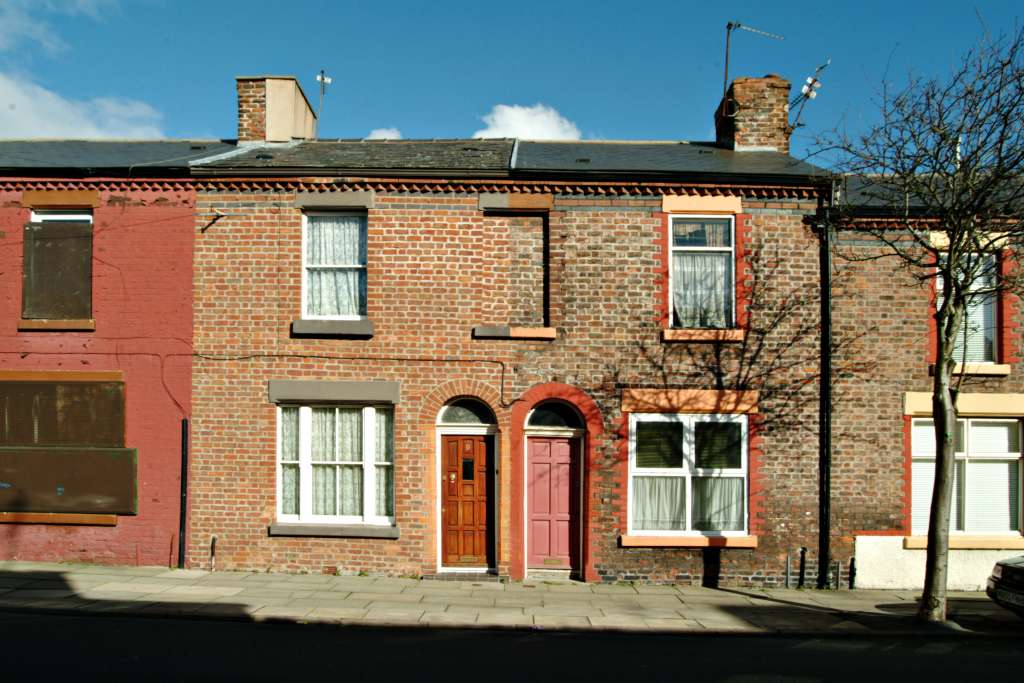Press release: SAVE warmly welcomes protection boost for neglected and unloved heritage
23rd October 2019
SAVE Britain's Heritage warmly welcomes a new initiative announced today to boost local and national listing across England.
Under the £700,000 scheme announced by Communities Secretary Robert Jenrick, the government is challenging all local authorities to draw up lists of buildings of significant local historical and cultural value. People will be encouraged to nominate buildings in their area and a heritage champion will be appointed to lead the campaign and encourage councils to increase local listings.
The government also pledged to work with Historic England to identify important buildings in High Street Heritage Action Zones for national listing.
Marcus Binney, executive president of SAVE Britain's Heritage said: "SAVE has been calling for 10 years for increased numbers of vulnerable historic buildings to be protected. Yet year by year less historic buildings have been listed, and either demolished or left to rot as a result. Robert Jenrick's announcement of £700,000 to speed up the process is magnificent"
Henrietta Billings, director of SAVE Britain's Heritage said: "We're delighted to see this renewed spotlight on our built heritage - boosting local and national listing is a terrific way to help celebrate and protect our historic buildings and streets".
Local listing already exists in English local authorities - although not all Councils use them. Local lists are made up of 'non designated heritage assets', buildings, monuments, sites, places, areas or landscapes identified by local planning authorities as having a degree of significance meriting consideration in planning decisions, but which are not formally designated like nationally listed buildings.
There are currently more than 400,000 nationally listed buildings in the UK classed as Grade I, Grade II* and Grade II. The National Heritage List for England (NHLE) is the official base of all nationally protected historic buildings and sites in England, including listed buildings, scheduled monuments, protected wrecks and registered parks, gardens and battlefields. Nationally listed buildings are more tightly controlled and official consent (listed buildings consent) is needed for adaptations that could impact the building's special features.
Images
Image 1: The former Littlewoods Building, built in 1938 for Littlewoods famous football pools, is Liverpool's most prominent Art Deco landmark. It suffered a major fire in September 2018 and is currently unlisted. Credit SAVE Britain's Heritage
Image 2: The Beatles Heritage in Liverpool: Ringo Star's House, 9 Madryn Street (2010) currently unlisted. Credit SAVE Britain's Heritage
Ends
Note to editors
1. For more information and images contact Henrietta Billings, Director of SAVE Britain's Heritage at office@savebritainsheritage.org or on 020 7253 3500
2. SAVE Britain’s Heritage has been campaigning for historic buildings since its formation in 1975 by a group of architectural historians, writers, journalists and planners. It is a strong, independent voice in conservation, free to respond rapidly to emergencies and to speak out loud for the historic built environment.


